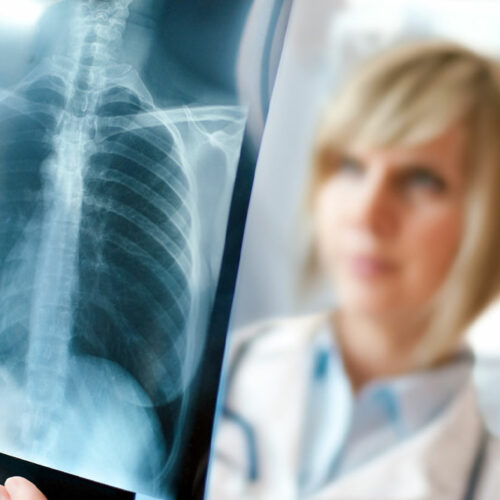5 complications of hemophilia and associated signs

Hemophilia is an inherited bleeding disorder where the blood fails to clot properly. Consequently, an individual with an injury like a cut or undergoing surgery might be subject to spontaneous bleeding that is difficult to stop due to the lack of necessary clotting factors. The frequent loss of too much blood can also lead to many complications, especially in severe cases of hemophilia. Here are the health complications that might be caused by hemophilia and their signs. Hemophilic arthropathy People who experience spontaneous joint bleeds due to an injury or trauma might be at risk of hemophilia. These bleeds usually occur in the elbows, ankles, knees, or hips but might also be noticed in other areas. The symptom is one of the primary causes of chronic pain and disability in people with severe hemophilia. Continuous bleeding into a joint can break down the lining of the joints and cause damage. The affected joint becomes warm, painful to move, and swollen. Eventually, the symptom leads to hemophilic arthropathy. Therefore, one must seek immediate attention if one notices the occurrence of this symptom. Compartment syndrome This disease is a painful condition that causes pressure on the muscles to reach a dangerous level.






